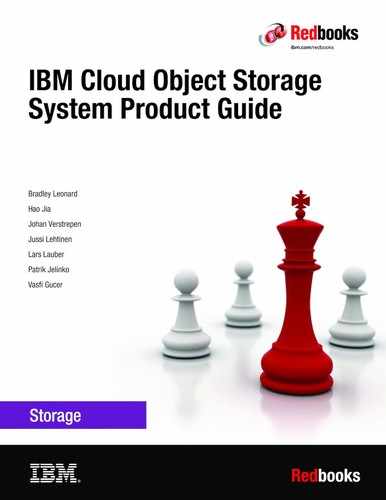Book Description
Object storage is the primary storage solution used in the cloud and on-premises solutions as a central storage platform for unstructured data. IBM® Cloud Object Storage (COS) is a software-defined storage platform that breaks down barriers for storing massive amounts of data by optimizing the placement of data on commodity x86 servers across the enterprise.
This IBM Redbooks® publication describes the major features, use case scenarios, deployment options, configuration details, initial customization, performance, and scalability considerations of IBM Cloud Object Storage on-premises offering. You can find a detailed description of the IBM Cloud Object Storage architecture and technology behind the product in the IBM Redpaper™ IBM Cloud Object Storage System Product Guide, SG24-8439.
The target audience for this book is IBM Cloud Object Storage IT specialists and storage administrators.
